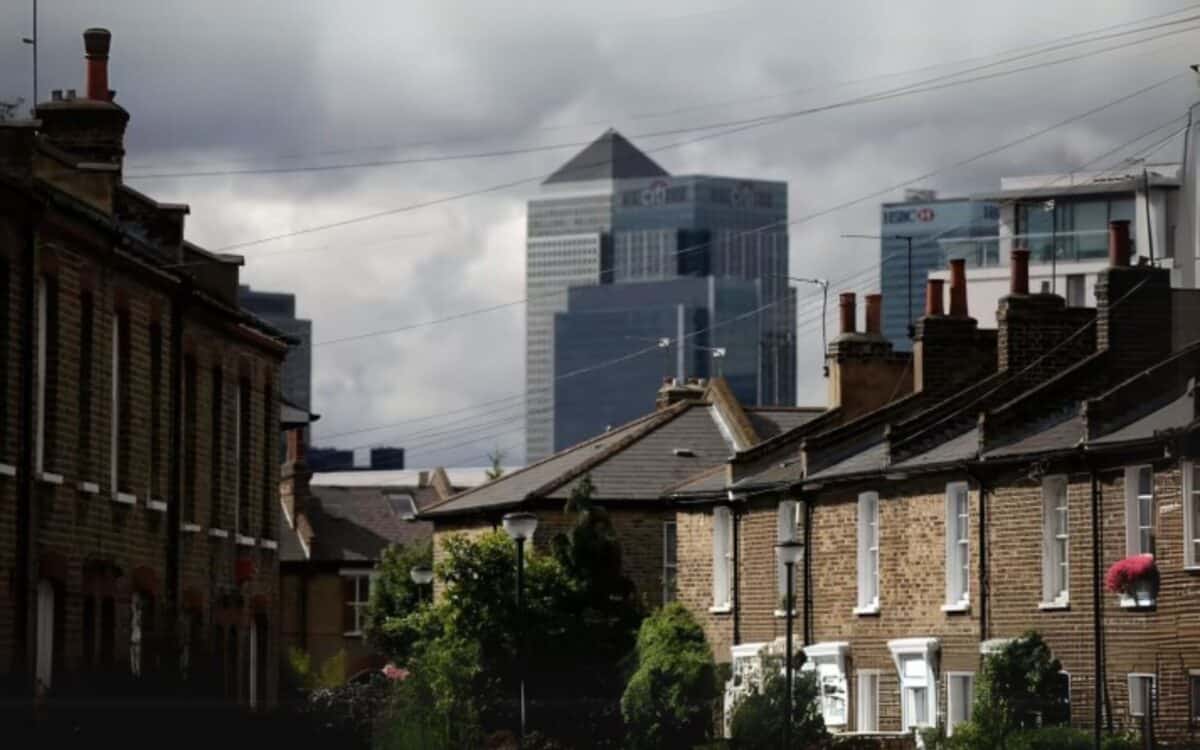UK house prices rose by 0.4% in February, according to data from mortgage lender Nationwide, surpassing economists’ forecasts and indicating a stronger-than-expected market performance.
This follows a 0.1% increase in January, marking the second consecutive month of growth. The increase comes as buyers rush to complete transactions before the upcoming stamp duty relief expiry in March, a factor that has historically influenced short-term market trends.
The Guardian also reported that house prices are now 3.9% higher than a year ago, despite a slight slowdown from January’s 4.1% annual increase. Various housing indicators suggest a shift in demand dynamics, driven by changes in borrowing conditions and tax policies.
Stronger Growth Than Expected
The 0.4% monthly increase was higher than all forecasts in a Reuters poll of economists, which had anticipated a 0.2% rise. This figure suggests that the housing market is performing more robustly than expected, despite broader economic uncertainties.
On an annual basis, house prices were up by 3.9% compared to February 2024, although this marks a slight deceleration from January’s 4.1% growth. Nationwide data also indicates that certain areas of the UK have experienced stronger price gains than others, with regions where housing remains relatively affordable seeing steadier increases.
Economists believe this recent growth is largely driven by falling borrowing costs, which have encouraged more buyers to enter the market. In addition, many are rushing to finalise purchases before tax incentives expire, leading to a short-term surge in demand.
Impact of the Stamp Duty Deadline
The upcoming stamp duty relief expiry at the end of March has played a key role in the recent market activity. Nationwide’s chief economist, Robert Gardner, has warned that the surge in transactions is unlikely to last beyond the deadline.
“This will likely lead to a jump in transactions in March, followed by a corresponding period of weakness in the following months, as occurred in the wake of previous stamp duty changes,” Gardner explained.
This trend has been observed in previous policy shifts, where buyers brought forward transactions to take advantage of temporary tax benefits, only for sales activity to slow once the incentive ended.
Broader Market Trends
Several indicators point to a recovery in the UK housing market, aided by falling interest rates and improving affordability for some buyers. A recent Reuters survey forecasts that UK house prices will rise by 3.5% in 2025, with further growth of 4% expected in 2026.
These projections are based on expectations that the Bank of England will continue cutting interest rates, making mortgages more affordable. If borrowing costs continue to fall, more buyers may enter the market later in the year, potentially offsetting some of the expected slowdown after the stamp duty incentive ends.
However, data from property website Rightmove indicates that asking price growth for newly listed homes is slowing, suggesting that the effect of tax incentives may already be diminishing. The report also noted that some sellers are adjusting expectations as the market prepares for the potential impact of the tax policy change.
Regional Variations and Affordability
While the national average price increase indicates a strong overall trend, regional differences persist. Areas with higher housing demand, particularly London and the South East, tend to experience greater price fluctuations, driven by factors such as interest rates and employment trends.
In contrast, regions where affordability remains better relative to wages have shown more moderate and consistent growth. This suggests that while demand is increasing across the country, some areas are more insulated from short-term policy changes than others.









